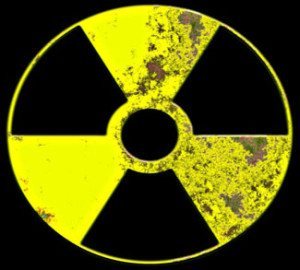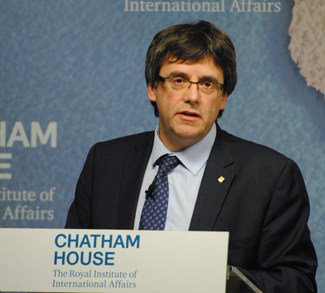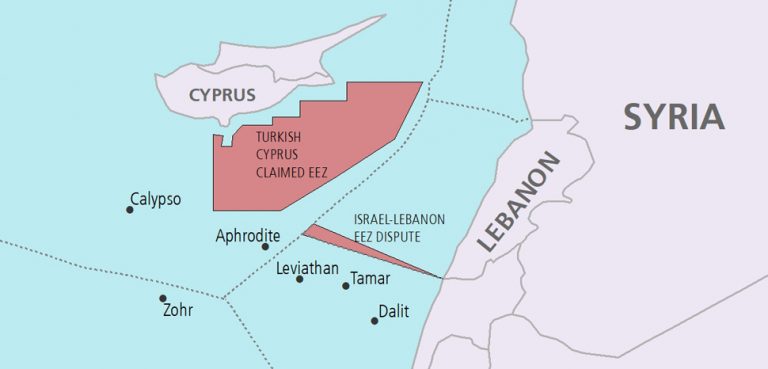Around 18 years ago on March 20, 1995, the Aum Shirikyo cult in Japan released Sarin nerve gas onboard five trains converging at Tokyo’s Kasumigaseki station, resulting in 12 fatalities and 1,039 injured. This was the first known instance of a non-conventional attack by a non-state actor in the history of terrorism. And experts have christened attacks like it as “super terrorism.”
Super terrorism can be defined as an act of terrorism carried out by a terrorist group using nuclear, chemical, or biological weapons. The scope of this definition has been further widened recently to encompass cyber attacks as well. The primary ingredients required to classify or define acts of terror as super terrorism are twofold – one is the non-conventional aspect of the attack (means) and the other is the resulting mass casualties (ends). The former is the cause and latter is the effect.
Though fearsome in its intent, there have only been a handful of known attempts in the past by non-state actors to procure nuclear weapons. For instance, according to 2001 testimony by Jamal Al Fadal, an Al Qaeda operative, Al Qaeda attempted to acquire uranium through its contacts in Sudan in 1994 for USD 1.5 million. The uranium was meant to be used in a crude device which for unknown reasons was never produced. There is no evidence to suggest that any other non-state actor has been successful in acquiring nuclear weapons.
Groups like Al Qaeda are known to have attempted to produce biological and chemical weapons in the past. For instance, Al Qaeda conducted clandestine experiments to develop a chemical and biological weapon program known as the “yogurt project” under the aegis of Ayman Al Zawahiri. The program had a proposed start-up budget of $2,000 to $4,000.
Super Terrorism: Fact or Fiction
Expert opinion on super terrorism has been divided. However, many analysts are of the view that the possibility of a nuclear terrorist attack has in all likelihood receded (given rigid institutional controls) compared to other possibilities such as chemical and biological terrorism. This is due to the relative ease of production and related costs associated with the latter two.
Against this backdrop, some open source reports indicate attempts by Indian Mujahideen to procure a nuclear weapon to be deployed in Surat, Gujarat. This information has been culled from the interrogation report of Yasin Bhatkal (co-founder of Indian Mujahideen). These revelations have sparked a lively debate, driven by deep schisms among the counterterrorism community in India, on whether the threat of super terrorism in India is fact or fiction.
Nuclear terrorism has been debunked by many in India, who state that the Indian Mujahideen has neither the capacity nor the resources to access, procure, or use a small (tactical) nuclear device. For all practical reasons, the idea of Indian Mujahideen getting access to nuclear weapons appears far-fetched, borrowed straight out of a James Bond movie.
On the other hand, threats from chemical and biological weapons remain in India. Last year, intelligence reports indicated that Maoists have hired chemical engineers to train them in the use of methane and nitrogen compounds in liquefied form. These weapons are either hung on treetops or thrown at patrols and set on fire, creating an “incendiary” effect.
The use of biological weapons by non-state actors in India is also a possibility. According to Vicky Nanjappa, a journalist and expert on Islamic terrorism in India, Lashkar-e-Toiba (LeT) and its front organizations, complemented with an apparatus of hospitals, labs and medical professionals, could draw on these resources for a bio-attack on Indian targets if it wanted to do so.
Notwithstanding the above, other variants of super terrorism – like targeting nuclear installations using conventional methods or using weapons to create nuclear/radiological dispersions, appear to be a possible alternative for terror groups in India. Terror groups have been known to target vital installations in the past. For instance, according to David Coleman Headley, Bhabha Atomic Research Center (BARC) was on the LeT’s radar, albeit strictly the living quarters of the scientists.
Intent vs. Capability
Given the above, do Indian groups have the capability to carry out a super terorrist attack? The fact that super terrorism is a product of both the “intent” and “capabilities” of a terror group is fundamentally important to this argument.
According to various open source analysis based on the interrogation report of Yasin Bhatkal, groups like Indian Mujahideen have shown clear intent to acquire weapons which could cause mass casualties. In 2010, a hitherto unknown group claiming themselves to be Indian Mujahideen (Assam) sent a message threatening to unleash biological weapons if their demands were not met.
Though these threats cannot be considered credible, they are still a wakeup call for Indian policy planners. They establish the fact that there is clear intent to acquire weapons of mass destruction. Now the question becomes whether or not they have the capability to do so.
This “intent” is more magnified when terrorists loose the edge of using a conventional attack due to target hardening measures. Degraded conventional attack ability could push terrorists to look for a possible alternative. For instance, in 1990, the Liberation Tigers of Tamil Eelam (LTTE) used chlorine gas against Sri Lankan army formations when faced with an ammunition shortage after several successful attacks by opposing forces.
Thus, groups in India like Indian Mujahideen could resort to a low-level non-conventional attack in order to offset their degraded conventional capacity. According to the interrogation report of Yasin Bhatkal, the Indian Mujahideen wanted to nuke Surat as their previous attempt to create serial bomb blasts in Surat with improvised explosive devices (IEDs) failed in 2008. Recent arrests of its top leaders like Yasin Bhatkal, Tahseen Akhtar, and Waqas have put the Indian Mujahideen on the back foot. This, in turn, has created or presented an opportunity for the desperate remnants of Indian Mujahideen to retaliate using any means at their disposal.
Presently, terrorists groups in India do not have the resources (financial or human) to access to nuclear weapons or the nuclear weapons material to create a nuclear attack or even radiological dispersal. However, technological advances have rendered the other dimensions of super terrorism, such as a chemical and biological attack, more easily accessible as the cost and effort to manufacture them are less and less compared to the nuclear/radiological realm. For instance, a state-of-the-art biological laboratory could be erected and made functional with as little as USD 10,000 worth of off-the-shelf equipment, and would be small enough to house in a small room.
Conclusion
Nuclear terrorism is still a distant dream for terror groups in India. However, low costs associated with a chemical or biological attack could present the desperate elements with an ideal and viable alternative to conventional bomb attacks. However, it is imperative to state that terrorists would certainly measure and evaluate the tradeoff between conducting a spectacular non conventional attack against loosing local support due to the colossal human loss involved. This could be the real factor that deterred occurrence of such attacks to date in India. But it must be said this “self-restraint” may not last forever.




